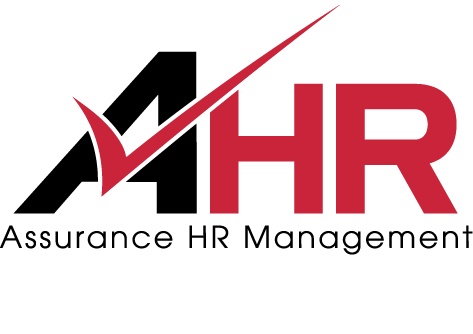Serious Misconduct What It Is and How to Handle a Termination for Cause in Australia
When a worker engages in serious misconduct, it can have a significant impact on your business, affecting productivity, morale, and workplace safety. For Australian employers, handling these situations correctly is critical to avoid legal risks. In this blog, we’ll define serious misconduct and outline the key steps to conducting a termination for cause meeting in compliance with Fair Work requirements.
We also explain why getting third-party assistance, such as from AHR, is advisable to ensure the process is handled professionally and legally.
What Is Serious Misconduct?
The Fair Work Regulations 2009 define serious misconduct as willful or deliberate actions that significantly breach an employee’s contract, harming the employer’s business or safety. Common examples include:
- Theft or fraud: stealing company property or engaging in fraudulent activity.
- Violence or threats: physical aggression or threats towards other workers or customers.
- Serious breaches of WHS: reckless behaviour that endangers workplace safety.
- Dishonesty or serious insubordination: Lying about work-related matters or deliberately refusing lawful instructions.
- Drug or alcohol use at work : If it breaches company policy and impacts safety or performance.
- Harassment or discrimination: including sexual harassment, bullying, or racial discrimination.
While serious misconduct justifies immediate dismissal without notice or payment in lieu of notice, employers must still ensure a fair process to comply with the Fair Work Act.
How to Conduct a Termination for Cause Meeting
Even though serious misconduct can justify summary dismissal, a fair and structured process must still be followed to reduce legal risks and ensure compliance.
Step 1: Investigate the Allegations
Before making any decisions, conduct a thorough investigation to confirm the allegations are valid. This may involve:
- Reviewing CCTV footage, emails, or documents.
- Gathering witness statements.
- Interviewing the worker involved.
Consequently, if the misconduct is serious, you may stand the worker down on full pay while the investigation is underway.
Step 2: Provide the Worker with an Opportunity to Respond
Before terminating employment, the worker must be given an opportunity to explain their actions. This means:
- Providing written notice of the allegations.
- Inviting them to a disciplinary meeting (often called a “show cause” meeting).
- Allowing them to bring a support person (though not a legal advocate unless agreed).
Step 3: Conduct the Termination for Cause Meeting
This meeting is crucial to ensuring procedural fairness. During the meeting:
- State the allegations clearly and provide any supporting evidence.
- Allow the worker to respond and explain their side of the story.
- Consider their response before making a final decision.
If the response does not justify their actions or lacks sufficient evidence to overturn the decision, termination can proceed.
AHR can run this meeting for you, ensuring it is handled professionally and in compliance with Fair Work obligations, reducing the risk of disputes or unfair dismissal claims.
Step 4: Make a Decision and Notify the Worker
If dismissal is the outcome:
- Communicate the termination decision in writing, stating:
- The reason for dismissal (serious misconduct).
- The date of termination (immediate effect).
- Final entitlements (e.g., outstanding wages, accrued leave).
- Do not include notice pay, as serious misconduct allows for immediate dismissal.
Step 5: Process Final Payroll and Keep Records
- Ensure final payments (excluding notice) are processed correctly.
- Document the process thoroughly in case of future legal claims.
Why You Should Get a Third Party Like AHR to Assist
Terminating an employee for cause demands a legally sound and fair process. Mishandled terminations can lead to unfair dismissal claims due to lack of opportunity for the employee to respond, unlawful dismissal claims, and damage to workplace morale and the employer’s reputation.
AHR can:
✅ Run the termination meeting for you, ensuring compliance with the Fair Work Act.
✅ Conduct workplace investigations to gather evidence and support decision-making.
✅ Provide expert HR and IR guidance to avoid legal pitfalls.
Mitigate unnecessary risks—enlist AHR to handle the process professionally and legally. Contact us today for assistance with serious misconduct investigations, disciplinary meetings, and Fair Work compliance.
AHR: The Workplace Problem Solvers!










